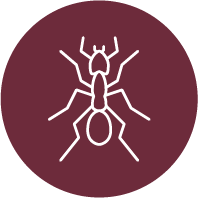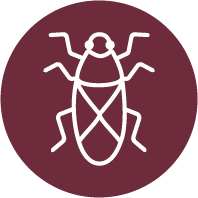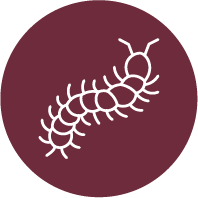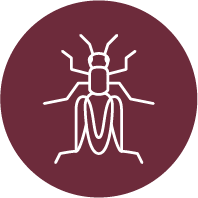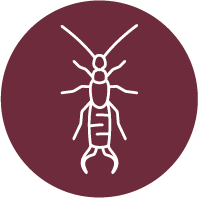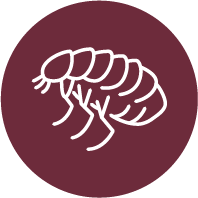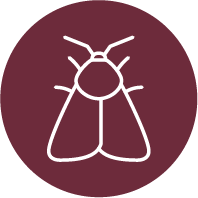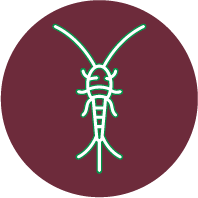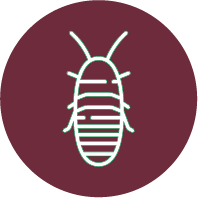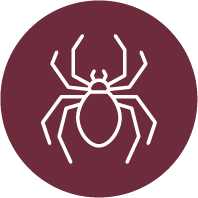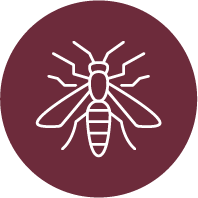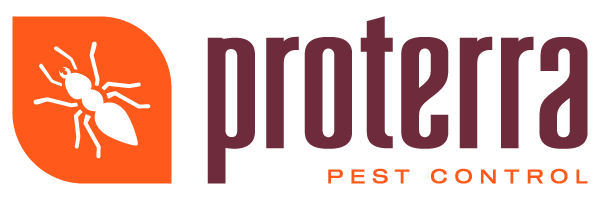Eco-Friendly Pest Control: Balancing Safety with Ecosystem Health
The delicate balance of ecosystems requires careful management of both pests and beneficial species. Pest control has evolved beyond the application of broad-spectrum pesticides to more nuanced methods that safeguard the health of the environment while effectively managing pest populations. This approach is vital for the survival of crucial pollinators such as bees and butterflies, which are indispensable for the pollination of many food crops and the maintenance of biodiversity in natural ecosystems.
Understanding the Role of Beneficial Insects
Pollinators like bees and butterflies play a pivotal role in the reproductive processes of over 80% of the world's flowering plants, including more than two-thirds of the world's crop species. The economic value of these creatures is estimated in the billions, contributing to agricultural productivity and ensuring food security. Moreover, they are key indicators of environmental health, signaling changes in the ecosystem through their presence and behaviors. Therefore, any pest control strategy must take into account their conservation.
The Problem with Conventional Pest Control
Historically, pest management has often relied on chemicals that do not discriminate between pests and beneficial insects, leading to declines in populations of bees, butterflies, and other advantageous fauna. The fallout from such practices alarms conservationists, farmers, and scientists alike. The loss of pollinator species throws ecosystems out of balance and can have a cascading effect, leading to the loss of plant species and the animals that rely on them, ultimately reducing biodiversity and ecological resilience.
Proterra's Sustainable Approach to Pest Management
Proterra's principles for pest management stem from an understanding of the fragility of our ecosystems and the need for sustainable practices. Their strategy encompasses a range of techniques designed to target pests while sparing beneficial insects.
Targeted Pesticide Application
One key to minimizing the impact on non-target species is the timing of pesticide applications. Spraying during times when beneficial insects are less active, such as at dawn or dusk, can reduce exposure. Additionally, using targeted application methods such as bait stations or spot treatments confines the chemical exposure to the intended pests, rather than broadcasting pesticides across the entire area.
Selective Pesticides
The development and use of pesticides that are selective in their toxicity is another crucial aspect of Proterra's ethos. These substances are designed to exploit specific weaknesses in the targeted pests without harming other insects. They may affect only a small range of species or work by interfering with growth stages or reproductive cycles unique to the pests in question.
Biological Control Methods
Supplementing or even replacing chemical controls with biological measures is another effective strategy. Introducing or encouraging the presence of natural predators or parasites of pest species can help manage pest populations without the use of chemicals. This tactic works in harmony with nature's own checks and balances, promoting a healthy ecosystem while reducing pest numbers.
Cultural Practices
Proterra also incorporates cultural practices into its pest management regime. These include crop rotation, selecting pest-resistant plant varieties, and employing strategic planting schedules to avoid peak pest populations. By creating an environment that is naturally less hospitable to pests, the reliance on chemical interventions can be minimized.
Habitat Modification
Altering the environment to make it less attractive to pests can also play an integral role in sustainable pest control. This can involve removing breeding sites, such as standing water for mosquitoes or woodpiles for rodents, and planting barrier crops or using row covers to physically shield plants from pests.
Organic and Natural Pesticides
For times when pesticide use is necessary, Proterra prioritizes organic and naturally derived products. These formulations often break down more quickly in the environment and are less likely to accumulate in the tissues of insects, mammals, and other non-target organisms. They also tend to be less disruptive to soil health and beneficial microbial communities.
Education and Awareness
Alongside these practical measures, education plays a crucial role in changing pest control practices for the better. Proterra invests in educating farmers, gardeners, and professionals about the importance of beneficial insects and how to implement eco-friendly pest control methods. Through workshops, seminars, and online resources, they provide the information and tools necessary for individuals and businesses to make informed decisions about pest management.
Monitoring and Evaluation
Ongoing monitoring of pest and pollinator populations is essential to ensure that pest control measures are effective and do not unintentionally harm beneficial organisms. This involves regular assessments of both the pest problem and the health of non-target insect populations. By keeping a close eye on these indicators, adjustments can be made swiftly to mitigate any negative impacts.
Continuous Improvement
Proterra's approach is not static; it is based on the continuous evolution of science and technology. Innovations in pest control methods and the development of new, less harmful products are always being explored. The company remains committed to refining its practices to remain at the forefront of sustainable pest management.
The preservation of pollinators and the broader ecosystem is not only a concern for environmentalists but is also a critical issue for human survival. The strategies employed by Proterra in the realm of pest control represent the kind of conscientious stewardship that is needed to ensure the health and resilience of our natural world while still addressing the challenges posed by pests. Through vigilant application of these principles, it is possible to maintain a delicate balance where both agricultural productivity and ecological integrity can flourish side by side.
Ready to embrace eco-friendly pest control that protects both your home and our vital pollinators? Proterra Pest Control is here to help. With our commitment to sustainability and effective pest management, we ensure a safe environment for your family and beneficial insects alike. Contact us today to learn how we can help you make a positive impact on your home and the planet.
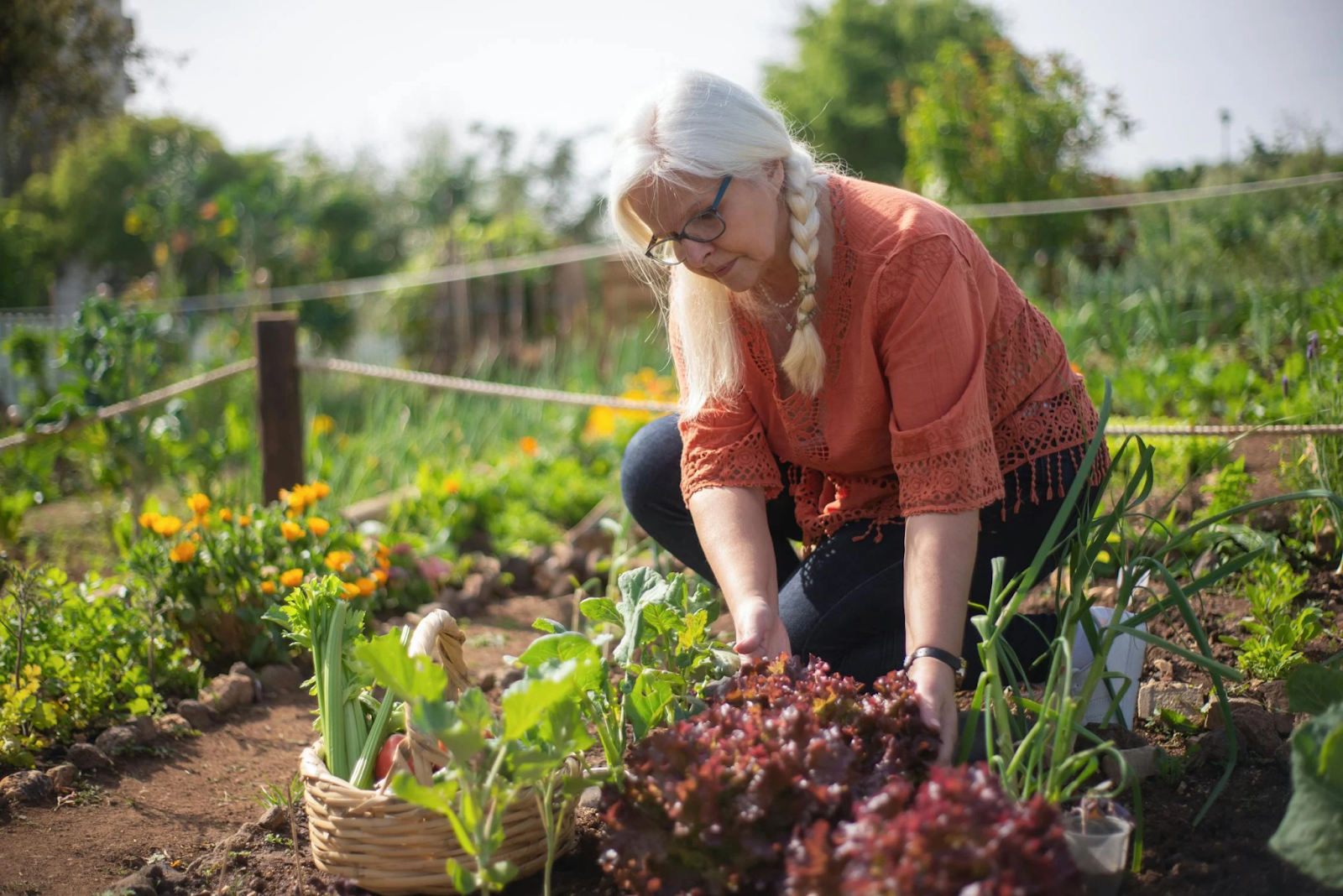
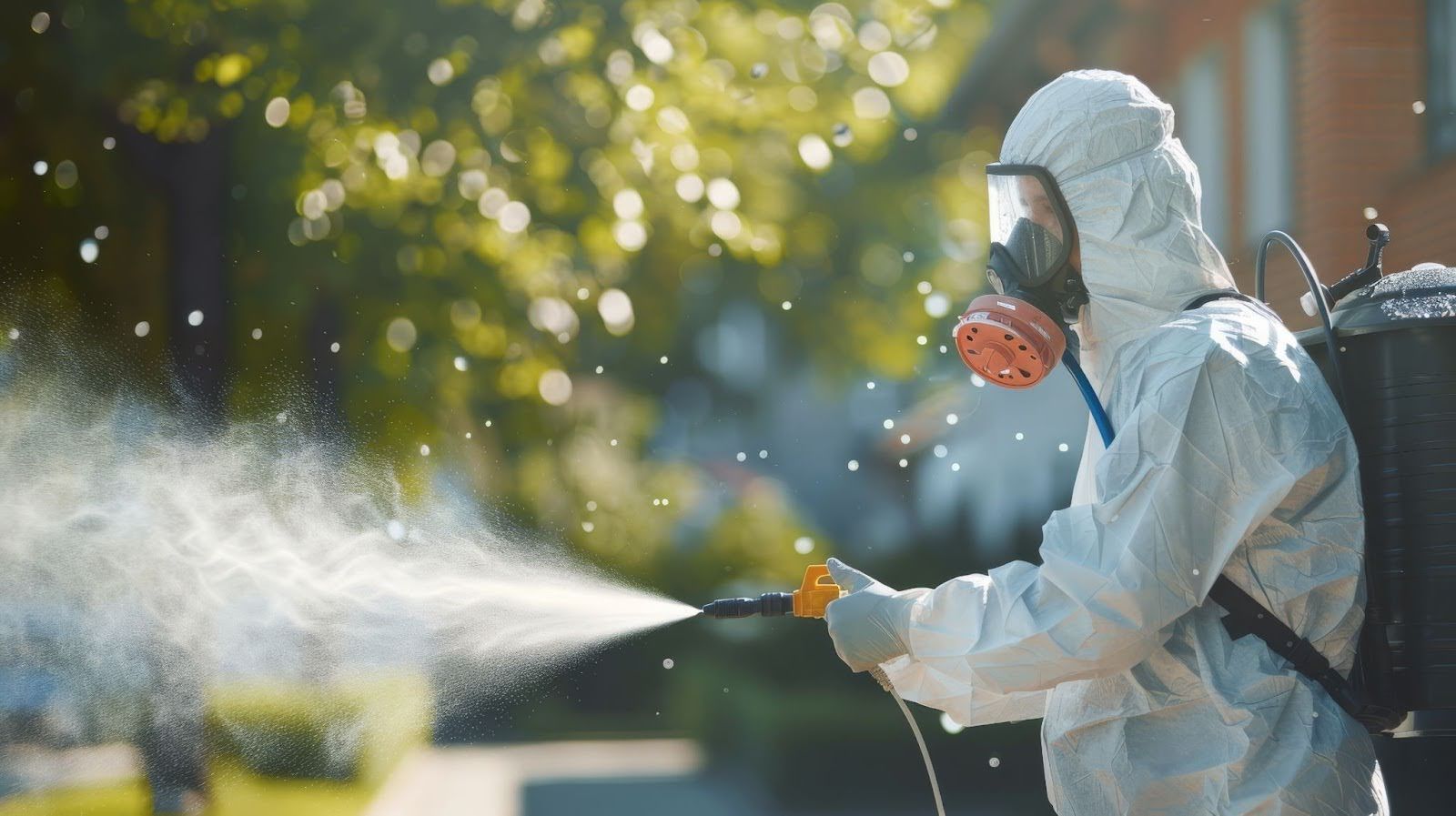

Pest Protect PLUS
Our Pest Protect PLUS Plan is our most popular plan as it protects you from all general AND large pests. It includes all general pests from the Pest Protect Plan as well as bait boxes for rodents (such as rats, mice and voles) in addition to an in-depth clean-out of other harmful pests (such as ticks, fleas and German roaches). Peace of mind comes best from the Pest Protect PLUS Plan because it provides the ultimate protection for your property and loved ones.
Get Started with our Most Popular Plan, Pest Protect Plus
In addition to the large and intrusive pests, our most popular plan includes BED BUGS, which means if you are enrolled on this plan and experience a bed bug infestation, you don't have to pay anything extra! Contact Proterra Pest Control today for a thorough inspection, effective treatment, and the pest control plan that will protect you and your loved ones the most every single day.
